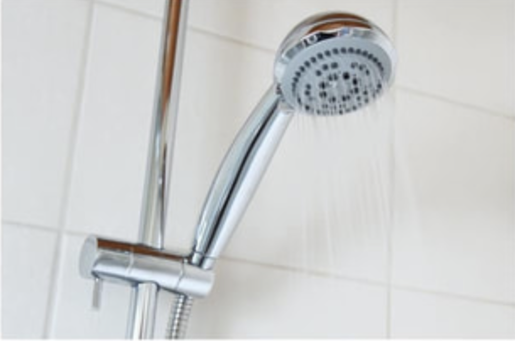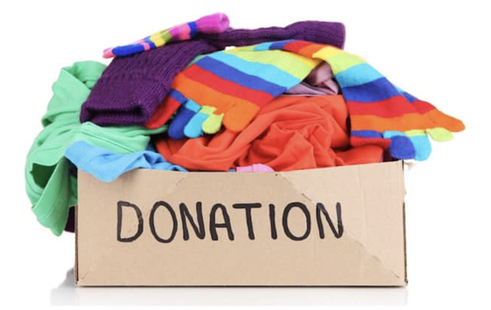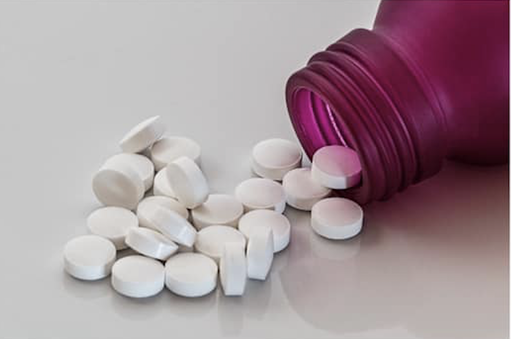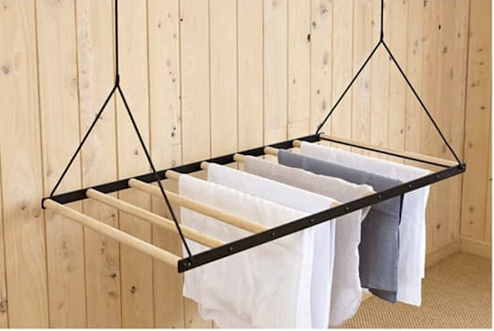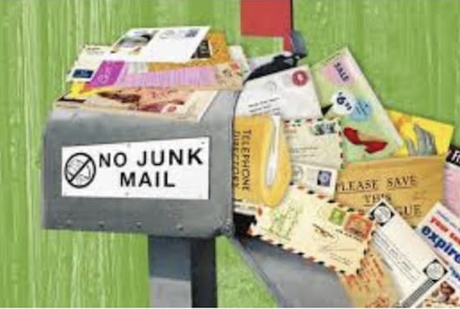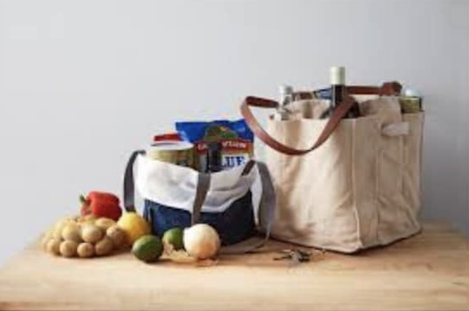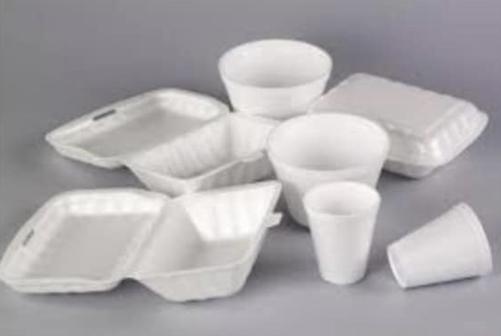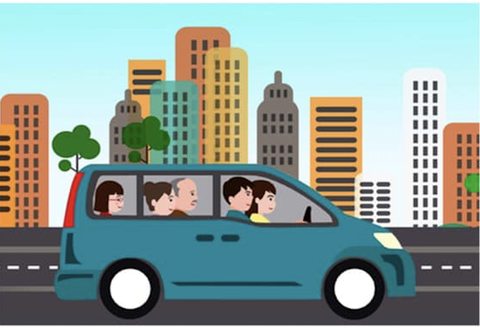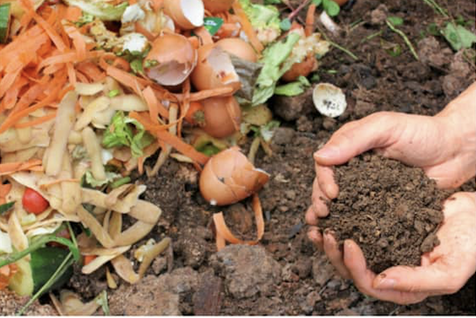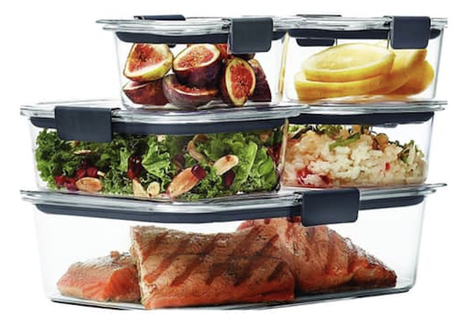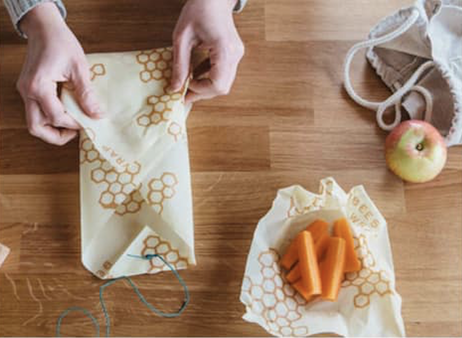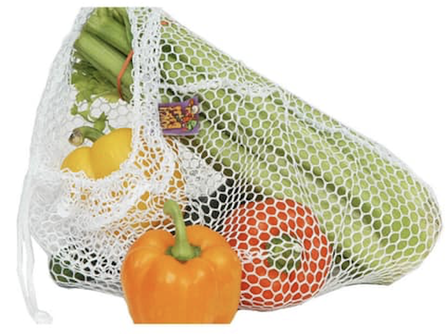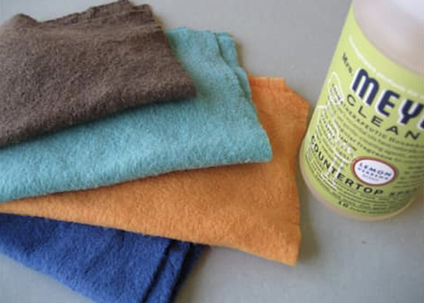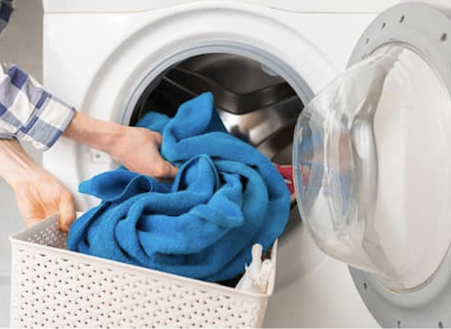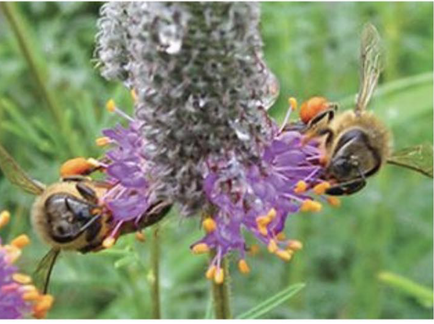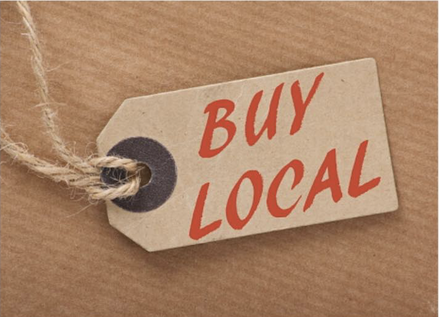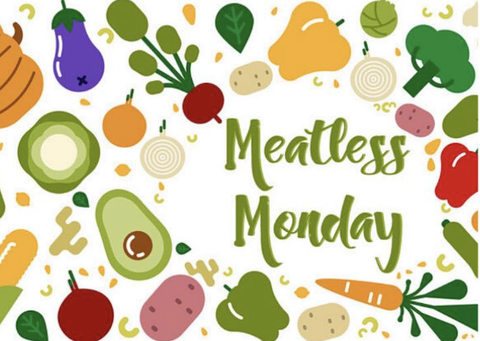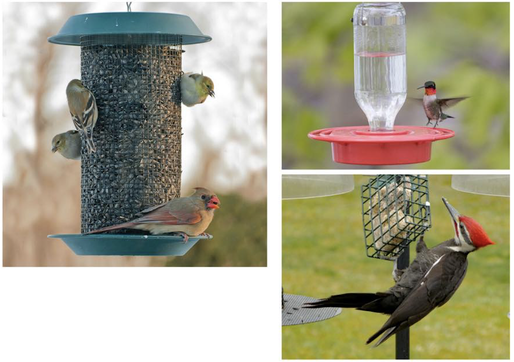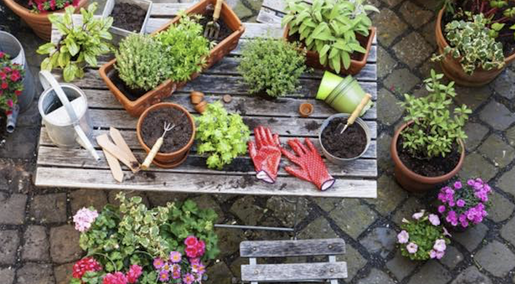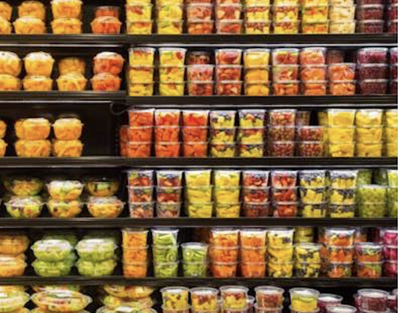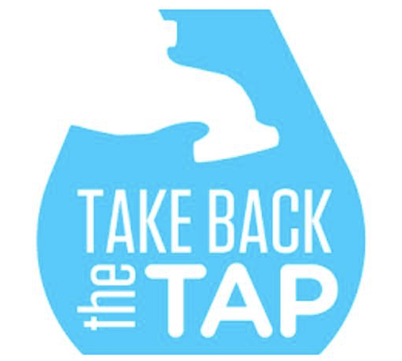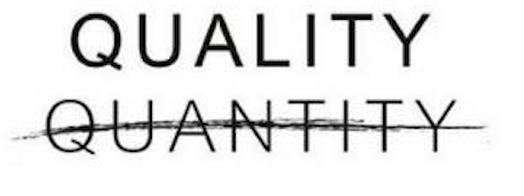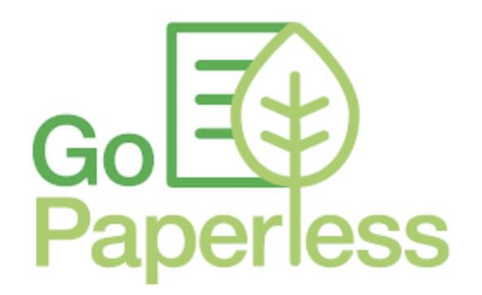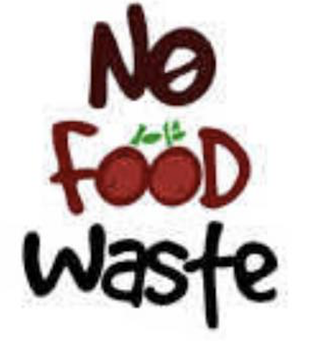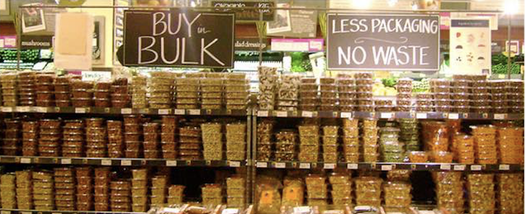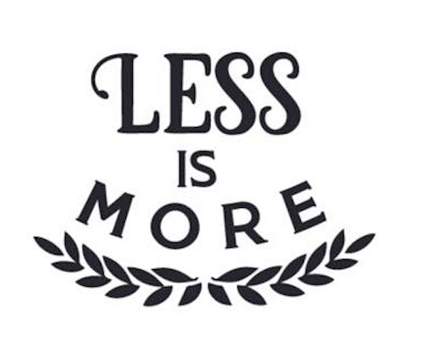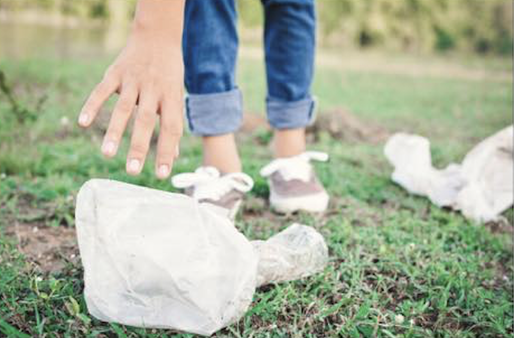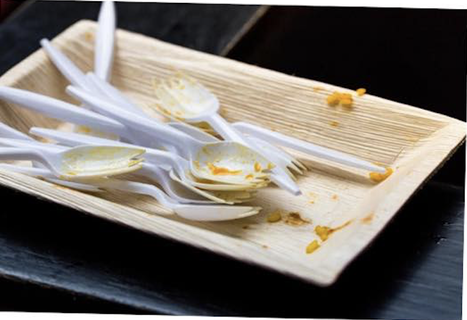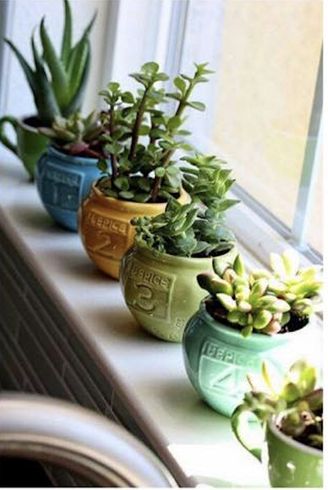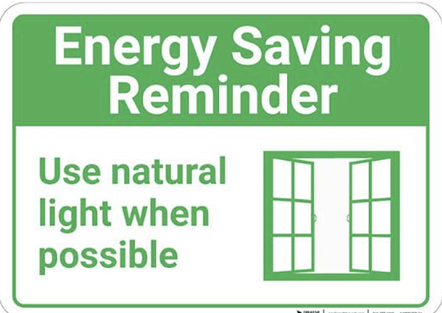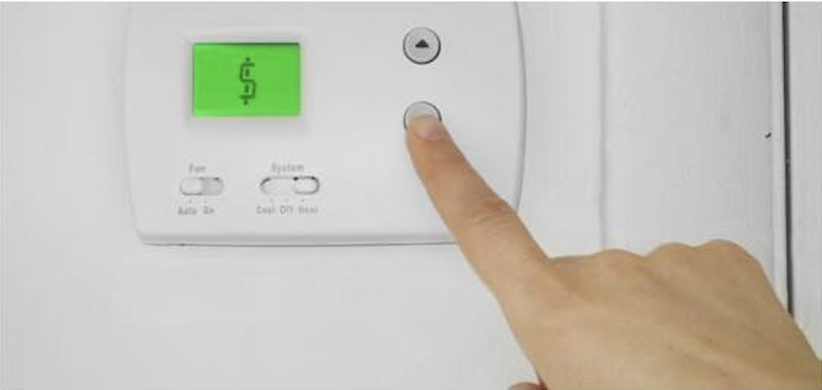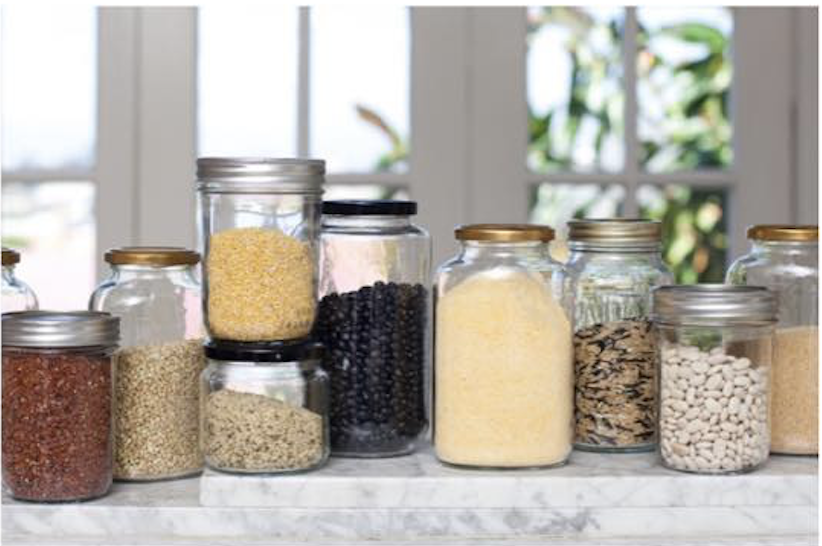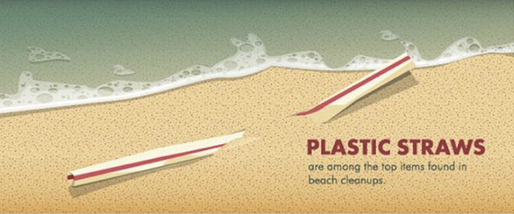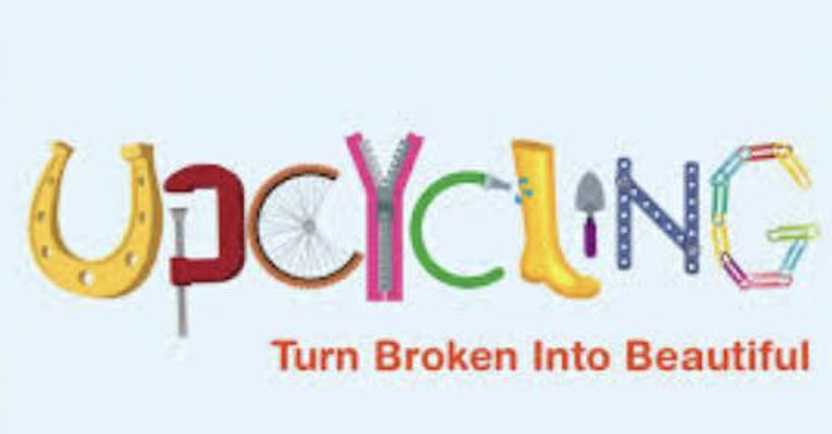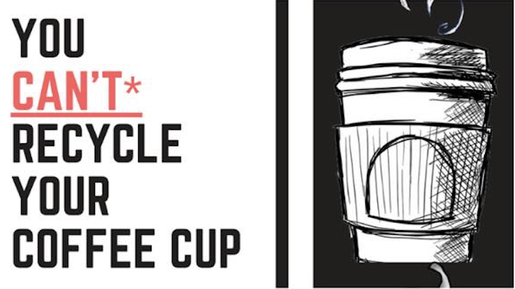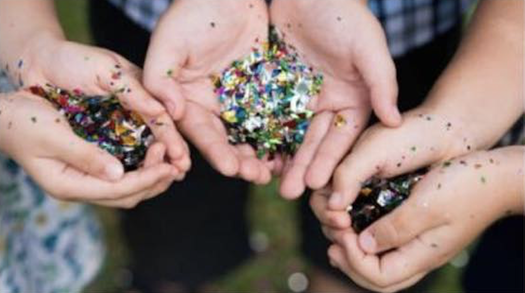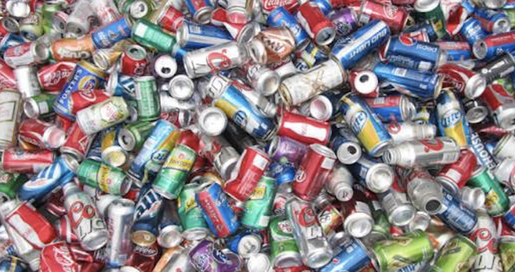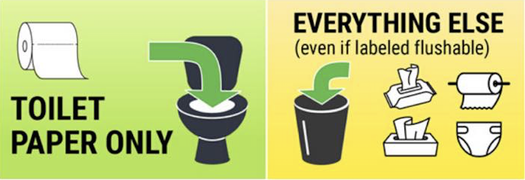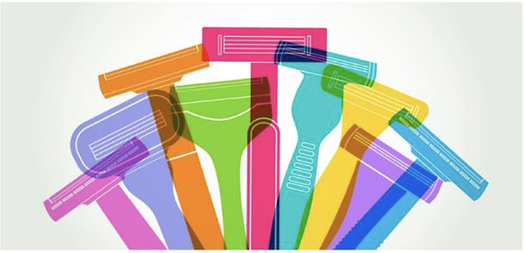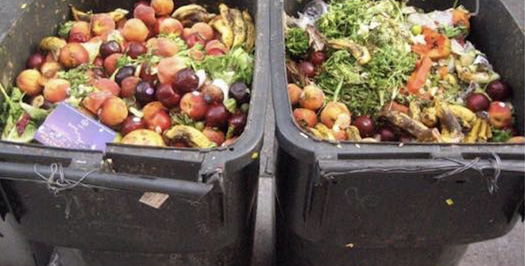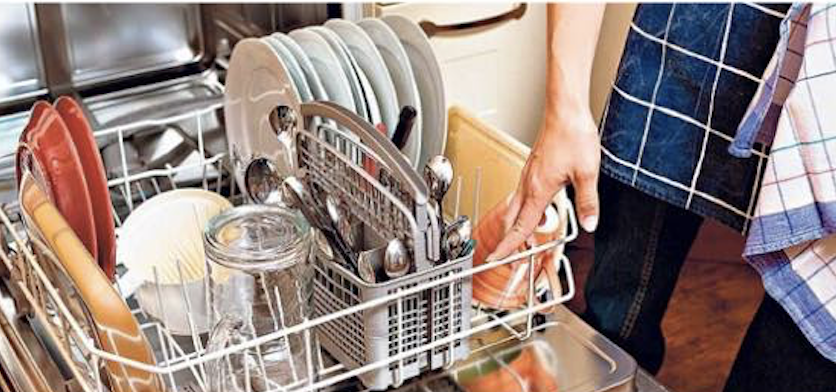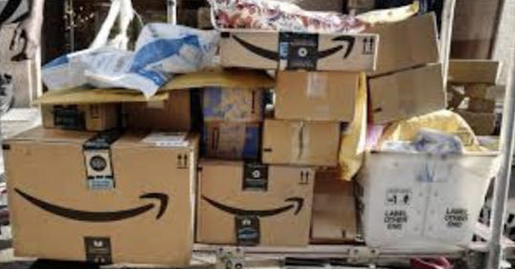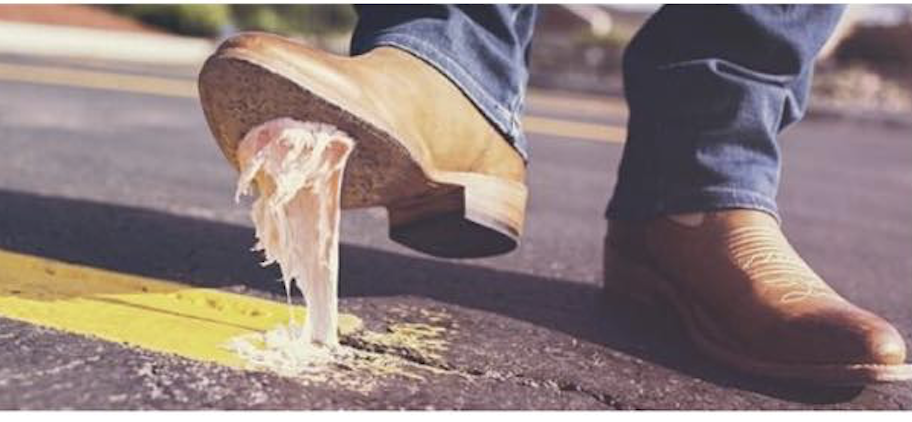50 WAYS TO BE MORE SUSTAINABLE
|
Tip 6: Save paper by opting out of junk mail. It is estimated that the average American receives 41 pounds of junk mail a year. To produce this much paper, roughly 80-100 million trees have to be cut down annually. To conserve paper, opt out of receiving junk mail through websites like 'Catalog Choice' or by calling the number listed on the mail. |
|
|
|
Tip 24: Consider investing in better quality clothing items that last longer.
Slow fashion is better than fast fashion. Fast fashion is a way for manufacturers to imitate popular styles quickly and cheaply. Clothes made through fast fashion are often of poor quality and made unethically. Slow fashion decreases the speed of production and consumption, ensuring that the clothing purchase holds value to the consumer. |
|
Tip 27: Spend some time outside! Has life got you stressed out? Consider taking a break and retreating to the great outdoors. Being outside in nature is a good stress reliever for many people. Getting outside is also linked to better health, improved memory and concentration, and more creativity. The more time people spend outside, the more respect they tend to have for nature. |
|
Tip 28: Try buying goods in bulk when you go to the store!
Not only does buying in help you save time going to the store, but it cuts down on future trips as well. Bulk goods have less plastic packaging than single items, so they have less of an environmental impact. Buying in bulk is better for your wallet over a long period of time. |
|
Tip 30: Try and unplug devices when not in use.
Watch out for electronic vampires! These are common electronic devices that continue to use energy even when they are turned off. These devices can account for as much as 20% of your energy bill. Some examples are laptop computers, microwaves, coffee makers, video game consoles, etc. Since it is difficult to unplug these devices after every use, consider buying a power strip to save energy. You can also put a device in 'sleep' mode when not in use. |
|
Tip 35: Control the efficiency of your thermostat.
Heating and cooling efforts combined take up about half of household energy consumption. Every degree you raise or lower your thermostat saves 1% in energy costs over an 8 hour period. If you adjust your thermostat slowly, you will hardly feel a difference. |
|
Tip 36: Repurpose old glass jars. Next time you finish a jar of salsa or jelly, consider saving the jar for future use. You can repurpose glass jars for a variety of uses. Many people store leftovers, shop in bulk, and use them for craft projects at home. Glass jars are also a popular travel container for coffee or tea. |
|
Tip 38: Try and upcycle things you no longer use.
Upcycling is when you create something new from discarded objects and materials. A lot of companies upcycle by making clothing or shoes from recycled goods like plastic. Many people create crafts and DIY projects from things they have in their home. By participating in sustainable practices like upcycling, you are reducing the amount of waste that ends up in a landfill. |
|
Tip 40: Learn the proper way to recycle.
Every county has a different way of recycling. A list of acceptable recycling materials can be found on the Mower County Public Works website. As a general rule, always rinse out recyclables to rid them of food and grease. If an item cannot be recycled, throw it away or compost. |
|
Tip 42: Avoid using glitter. Scientists have recently discovered the impact that micro-plastics have on the environment. Most glitter is made from PET plastic. Glitter and other micro-plastics are consumed by plankton, fish and birds and accumulate up the food chain. Many animals die after micro plastics build up in their body. Micro-plastics cannot be filtered out in the water filtration system due to their size, so it is best to avoid using them. |
|
Tip 45: If shaving is part of your routine, consider investing in a sustainable razor. For many people, buying disposable razors is a routine task. However, these plastic razors end up in a landfill after only a couple uses. It is estimated that 159 million Americans used plastic razors in 2019. That is a large amount of landfill waste! Do your part by making the switch to a more permanent razor like an electric or double-edged safety razor. |
|
Tip 46: Limit how much produce you buy. Throwing out small amounts of produce each week can add up. Fresh produce is one of the first things to go bad in our fridge. The USDA estimates that 1/3 of all produce from farmers goes uneaten. You can do your part by carefully budgeting how much produce you actually eat in a week. If something is about to spoil, consider canning or freezing it instead of tossing it in the trash. If the food cannot be saved, use the produce for compost. |
|
Tip 48: If you have a dishwasher, use it!
The average dishwasher in the U.S. uses around 8.7 gallons of water per load of dishes. Washing by hand for around 10 minutes with the water running, can waste up to 20 gallons of water. Only run your dishwasher when you have close to a full load. Scrape away excess food and grease before putting dishes in the dishwasher. Dishes do not need to be pre-cleaned before they enter a decent dishwasher. |
|
Tip 50: Cut back on the chewing gum. Chewing gum contains a "gum base" that gives it an elastic property. In the past, the base was made out of natural ingredients from trees. The gum base now contains synthetic plastics, rubbers and waxes. Manufacturers don't have to disclose what products they use, so there is no way of knowing how much plastic you could be chewing on. When chewing gum degrades, it becomes micro-plastics that build up in the environment. |

